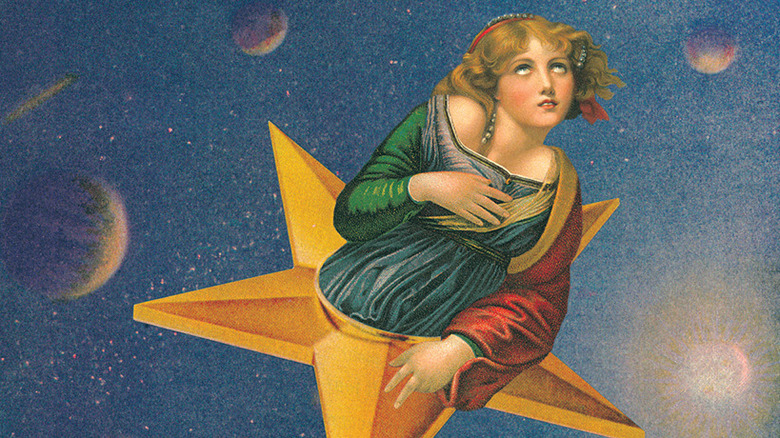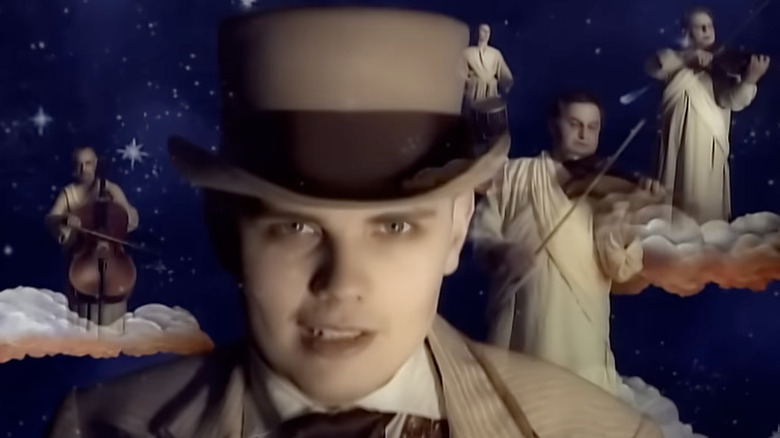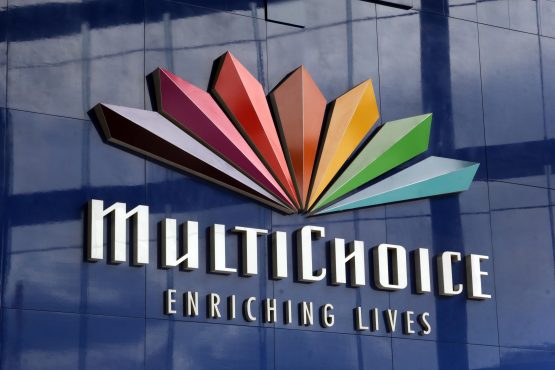If you look in a film textbook, generally, it will say that the first sci-fi film ever was "A Trip to the Moon," a 1902 short by French filmmaker Georges Méliès. The film follows a group of adventurers who take a trip to (where else?) the moon, with their rocket blasted off by a large cannon. (Hence the famous image of the moon, with a human face, having the rocket capsule lodged in one of its eyes.) On the moon, they encounter an alien civilization. The idea of the moon having life is completely discredited these days, even in science-fiction, but this was 1902 when humans walking on the moon seemed fantastical and not a fact of history.
Now, there's some contention over whether "A Trip to the Moon" truly deserves this superlative as the very first sci-fi movie. Earlier shorts by Méliès and other 19th-century filmmakers like the Lumière brothers feature stories that could be called sci-fi. The enduring legacy of "A Trip to the Moon" as the beginning of sci-fi cinema is an example of how winners write history. Prints of "A Trip to the Moon" have endured, and the film is still often screened for film students, whereas those earlier shorts are forgotten if not completely lost.
It's a well-earned legacy too, and not just because the film turns 123 this year. "A Trip to the Moon" helped prove that the utterly unrealistic could appear on film. What it dared to imagine was groundbreaking, too. Its depiction of an alien world preceded Edgar Rice Burroughs and "A Princess of Mars," the original space adventurer pulp novel, by a decade.
References to "A Trip to the Moon" show up across film... and music videos, because it's the basis of the 1996 Smashing Pumpkins video for their song "Tonight, Tonight." Georges Méliès and '90s alt-rock music? It goes together better than you might think.



:max_bytes(150000):strip_icc()/070125-celeb-sneakers-soc-bb42fb55b6014ec486a26cd826500ef0.jpg)










